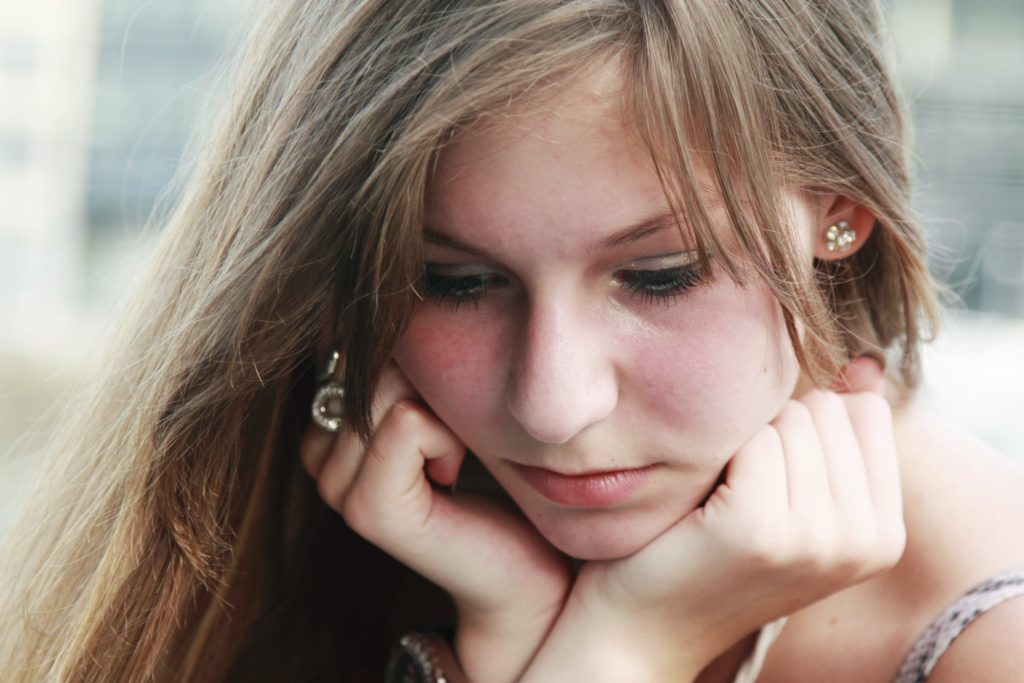Research has shown that having one form of mental illness puts a person at risk for a second form of mental illness. A 2008 study took a narrow look at how teenage onset bipolar disorder (BPD) may predispose a young person for a substance use disorder (SUD). The research concluded that people who are diagnosed with BPD during early adolescence face a significantly higher risk for substance abuse than teens without the disorder. Those findings are not only helpful in identifying a particular risk factor, but they arm physicians with important information to share with bipolar disorder patients. The research was part of a longitudinal adolescent study of BPD led by experts from Harvard Medical School and Massachusetts General Hospital. Estimates in 2008 were that bipolar disorder affects 20 percent of all children and teens with mental illness. Currently, the American Academy of Child and Adolescent Psychiatry suggests that as many as one million young people in this country have bipolar disorder. BPD was once known as manic depression because the illness is characterized by severe mood swings ranging from euphoric activity, or mania, to listless depression. The illness was once rarely identified before adulthood, but these days mental health experts are looking for signs of the illness during adolescence when it may actually begin for most people. The 2008 study showed that when BPD begins in adolescence, the risk for substance use problems rises sharply. The study involved 105 young persons with BPD with a mean age of 14 years and 98 non-BPD affected teens of similar age. The control group shared similar family backgrounds with the BPD group but had no mood disorders. Around 70 percent of the study participants were boys. After factoring out comorbid conditions like conduct disorder, attention deficit hyperactivity disorder or anxiety disorder the researchers found that youth with BPD experienced more substance abuse disorders overall (34 percent) than the control youth (four percent). Teens with BPD abused alcohol at a rate of 23 percent compared to just three percent among non-affected teens. Drug abuse occurred 22 percent of the time compared to one percent among the controls, drug dependency was 14 percent versus one percent and use of cigarettes was 22 percent compared to four percent. Finally, 14 percent of those with BPD had both alcohol and drug use disorders while none of those in the control group experienced both. The hopeful news is that prior studies had shown that when a young person has concurrent BPD and a SUD that treating the former can help overcome the substance abuse. Getting their mood and substance abuse problems under control enables young people to function better and live more happily.






